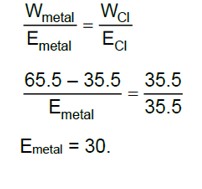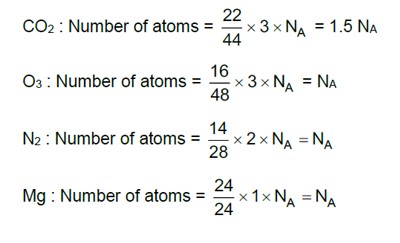Which of the following statements about a compound is incorrect?
(i) A molecule of a compound has atoms of different elements.
(ii) A compound cannot be separated into its constituent elements by physical methods of separation.
(iii) A compound retains the physical properties of its constituent elements.
(iv) The ratio of atoms of different elements in a compound is fixed.
Which of the following statements about a compound is incorrect?
(i) A molecule of a compound has atoms of different elements.
(ii) A compound cannot be separated into its constituent elements by physical methods of separation.
(iii) A compound retains the physical properties of its constituent elements.
(iv) The ratio of atoms of different elements in a compound is fixed.
-
1 Answer
-
This is a Multiple Choice Questions as classified in NCERT Exemplar
Option (C)
(A) The molecule of a compound is obtained when two or more atoms of different elements are combined together.
(B) A compound can be separated into its constituent elements by physical methods of separation.
(C) A compound does not retains the physical and chemical properties of its constituent elements.
(D) When two elements react to form two or more than two chemical compounds, the ratio between different masses of one of the elements combining with a fixed mass of the other.
Similar Questions for you
In the medical entrance test NEET, there can be 1 to 3 questions from this chapter. Some year, the Chemistry section of NEET has only one question from this chapter and in some other years, there can be 3 questions.
The following are the key concepts of this chapter: Compound, Elements, Rules, Law of conservation of mass, Addition and Subtraction, Atomic Mass, Law of multiple proportions, and Molecular Mass.
As the name suggests, the first chapter of the NCERT Class 11 Chemistry introduces various basic concepts of chemistry, such as the definition and importance of chemistry, atomic matter and molecular masses, the mole concept, laws of chemical combination, empirical, stoichiometry, and molecular formulas. It also includes the concepts of molarity and molality.
Taking an Exam? Selecting a College?
Get authentic answers from experts, students and alumni that you won't find anywhere else
Sign Up on ShikshaOn Shiksha, get access to
- 65k Colleges
- 1.2k Exams
- 679k Reviews
- 1800k Answers


